0
Need help?
Customer satisfaction is our priority. Whether you have questions about our sustainable containment solutions, need help with an order, or require assistance finding the right product for your needs, we’re here to help.
Customer satisfaction is our priority. Whether you have questions about our sustainable containment solutions, need help with an order, or require assistance finding the right product for your needs, we’re here to help.
In an age of increasing environmental accountability, utility companies, municipalities, and infrastructure contractors are under more pressure than ever to prevent contamination from oil-filled transformers. Whether mounted on poles in neighborhoods or stored on site during replacement, aging transformers pose a substantial threat to soil, water, and air quality—especially when they're not properly contained.
Enter transformer containment bags: engineered tools designed to prevent spills, streamline transport, and support responsible decommissioning. More specifically, utility pole containment bags and PCB transformer containment bags are helping companies dramatically reduce environmental risk and regulatory exposure.
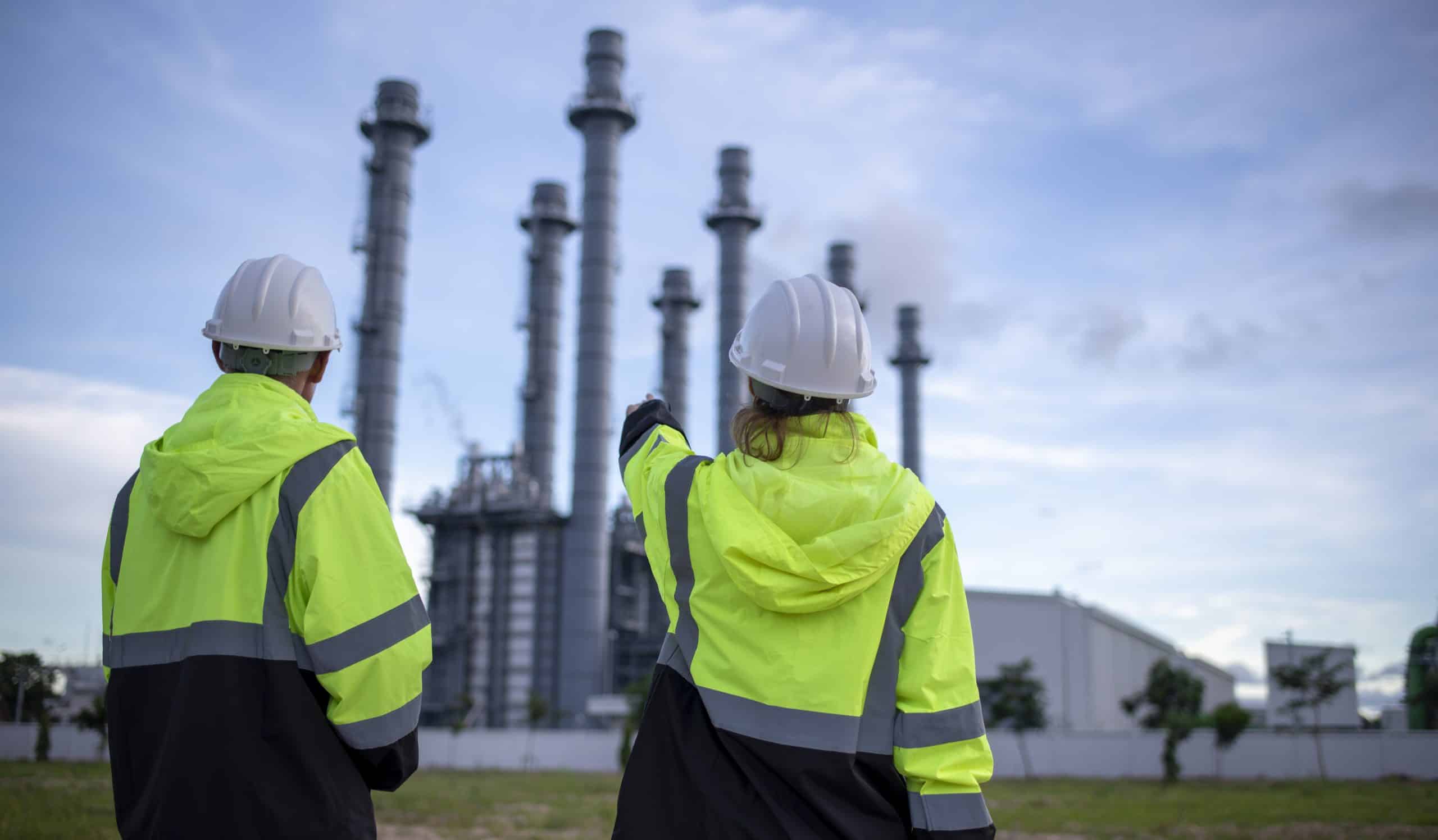
Across North America’s utility grid, pole-mounted transformers are a common sight. These elevated devices play a vital role in power distribution, especially in residential and rural areas. However, their position atop wooden or steel poles also exposes them to significant environmental and structural risks—high winds, vehicle impact, wildlife intrusion, and even corrosion from age or airborne pollutants.
When these transformers fail—whether due to external impact or internal degradation—they can release dielectric oil, a hazardous substance that can contaminate soil, stormwater systems, and even groundwater if not properly contained. That’s why utility companies are increasingly relying on pole mount transformer containment bags as a preventive and emergency tool to stop environmental contamination at the source.
Transformer containment bags designed for pole-mounted units are tailored to fit cylindrical or barrel-shaped housings. Made from chemical-resistant, weatherproof materials, these containment bags are engineered to serve as either a primary containment method (installed during standard operation) or a secondary response solution (used during spills, damage, or maintenance events).
These utility pole containment bags prevent oil from entering the soil by stopping the spill where it starts, capturing fluid immediately, and keeping it isolated until safe disposal or removal.
A transformer rupture can result in several gallons of oil being released within minutes. Left unchecked, that oil can rapidly soak into the soil below—especially in sandy or loose terrains common around utility poles.
Transformer oil containment bags are equipped with features like sealed seams, reinforced closures, and absorbent liners. When installed preemptively or applied in response to an incident, they act as a sealed catchment system. Some models even include integrated pads or layered absorbents that wick and neutralize oil as it escapes.
This immediate capture of hazardous fluids is critical in minimizing environmental damage and can dramatically reduce cleanup costs and regulatory exposure.
Oil that penetrates soil doesn’t just stop at the surface. It can seep into subsoil layers and, eventually, leach into local groundwater supplies—a serious risk in residential areas, near schools, agricultural land, or ecologically sensitive zones.
Utility pole containment bags serve as a buffer between the transformer and the earth. By collecting leaks and preventing direct contact with the ground, they eliminate the chance of contamination reaching aquifers or drinking water sources. This containment also supports regulatory compliance with state and federal groundwater protection standards.
Pole-top transformer failures don’t wait for convenient timing. They may occur in storms, remote terrain, or during holidays—making fast response essential.
That’s why pole mount transformer containment bags are designed for easy deployment. Crews can carry them on service vehicles, store them in substations, or pre-install them around at-risk transformers. The bags are lightweight, foldable, and require only basic tools for installation, allowing crews to act quickly without the need for heavy machinery or specialized hazmat personnel.
The ability to contain a spill immediately in the field dramatically reduces environmental exposure, legal risk, and public scrutiny.
In high-risk areas—such as hurricane zones, dense suburban grids, or aging infrastructure corridors—some utilities are taking proactive steps by installing containment bags on pole-mounted transformers before any incident occurs.
This pre-installed containment approach creates a constant layer of protection, ensuring that if a transformer leaks or is knocked over, the oil is already contained. These bags are made from UV-resistant, weather-tolerant materials that can remain in place for years without deterioration.
By integrating transformer spill containment directly into the grid’s design, utilities significantly lower the probability of expensive emergency cleanups or environmental damage.
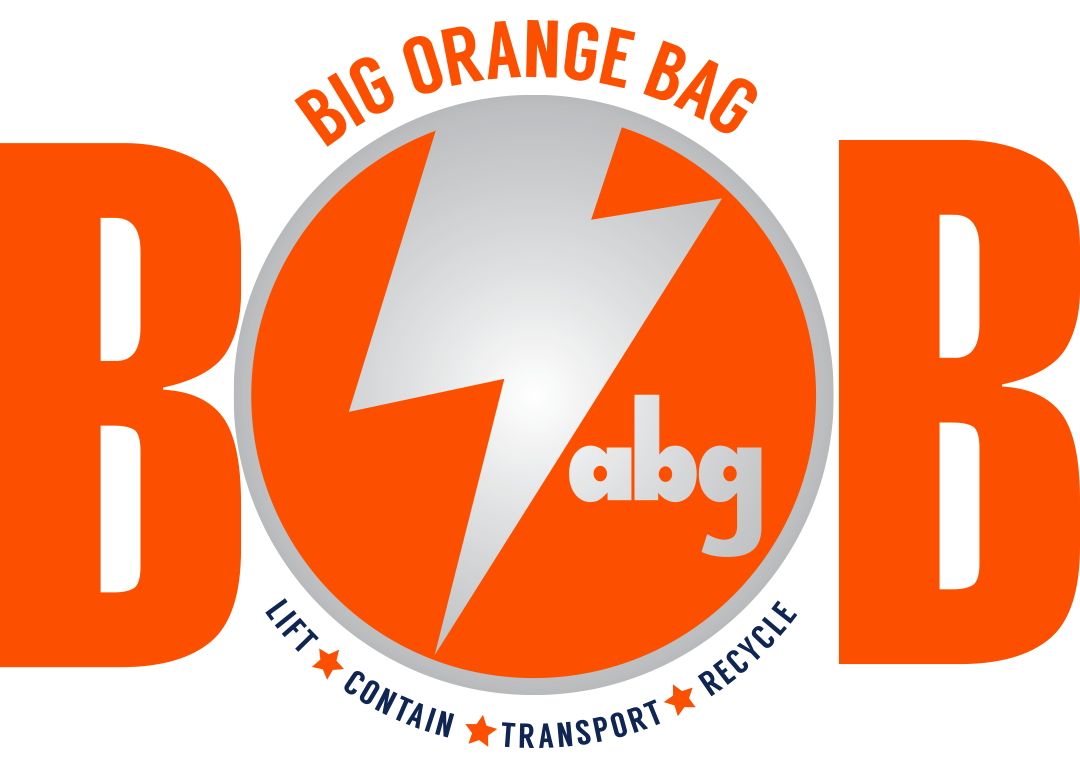
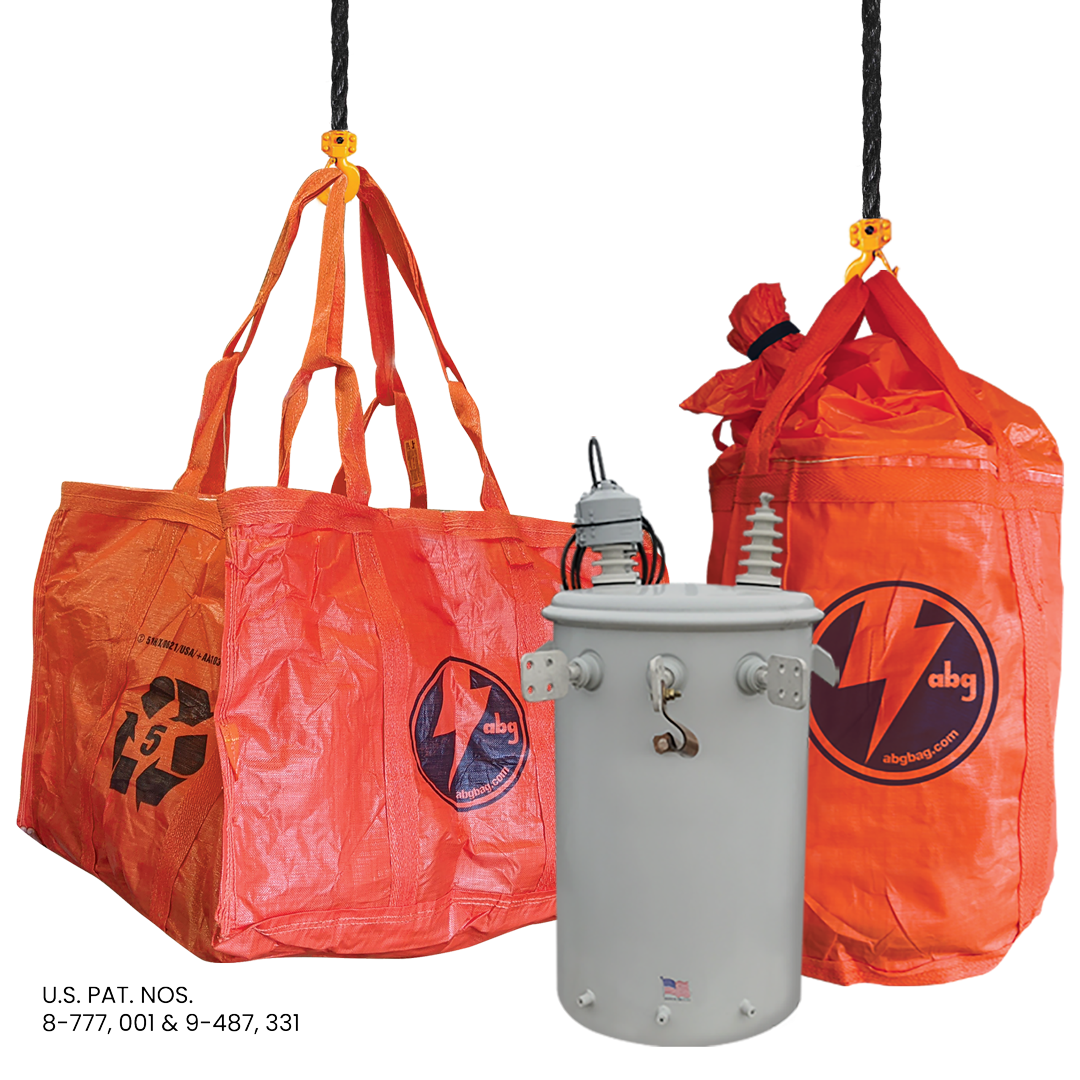
As public awareness around environmental hazards grows, utility companies face increasing pressure to demonstrate responsibility and foresight. Contamination events—especially those that impact residential communities—can lead to lawsuits, fines, and public backlash.
With more regulatory focus on transformer containment, agencies are inspecting transformer sites more frequently and requiring documentation of spill prevention strategies.
Pole-mounted transformer bags offer a low-cost, highly effective way to meet these expectations. By preventing transformer oil from reaching the soil, they:
Whether installed proactively or deployed during emergencies, utility pole containment bags are an essential tool in any utility’s environmental protection strategy. As grid infrastructure continues to age and weather events become more extreme, utilities that invest in transformer containment now are preparing for a safer, cleaner, and more compliant future.
Polychlorinated biphenyls (PCBs) are highly toxic, long-lasting compounds historically used in transformer oils. Though their manufacture was banned in the U.S. in 1979, many older transformers still in use or in storage may contain PCB-contaminated oils or residues.
Without proper PCB transformer containment bags, leaks from these aging units can result in costly environmental remediation, civil liability, and noncompliance with federal hazardous waste regulations.
PCBs are bioaccumulative, meaning they build up in the tissues of living organisms over time. Exposure has been linked to immune system suppression, reproductive issues, and increased cancer risk. Just a few drops leaking into a storm drain or open soil can have long-term effects on nearby ecosystems.
Cleanup costs for PCB-contaminated sites can reach tens of thousands of dollars per square foot. In many jurisdictions, property owners and utility operators are held strictly liable for contamination—even if it results from an old, inactive transformer.
Using a PCB transformer containment bag mitigates these risks by creating a sealed, transport-ready system that safely contains any residual oil or material during removal or storage.
Transporting PCB equipment without proper containment violates DOT and EPA rules. DOT approved containment bags are designed to meet these standards, offering chemical resistance, labeling compatibility, and leak prevention under transit stress.
If older transformers are stored near newer equipment without proper encapsulation, PCB leaks can contaminate entire storage yards or staging areas. Secondary containment using durable containment bags isolates each unit and prevents the spread of pollutants.
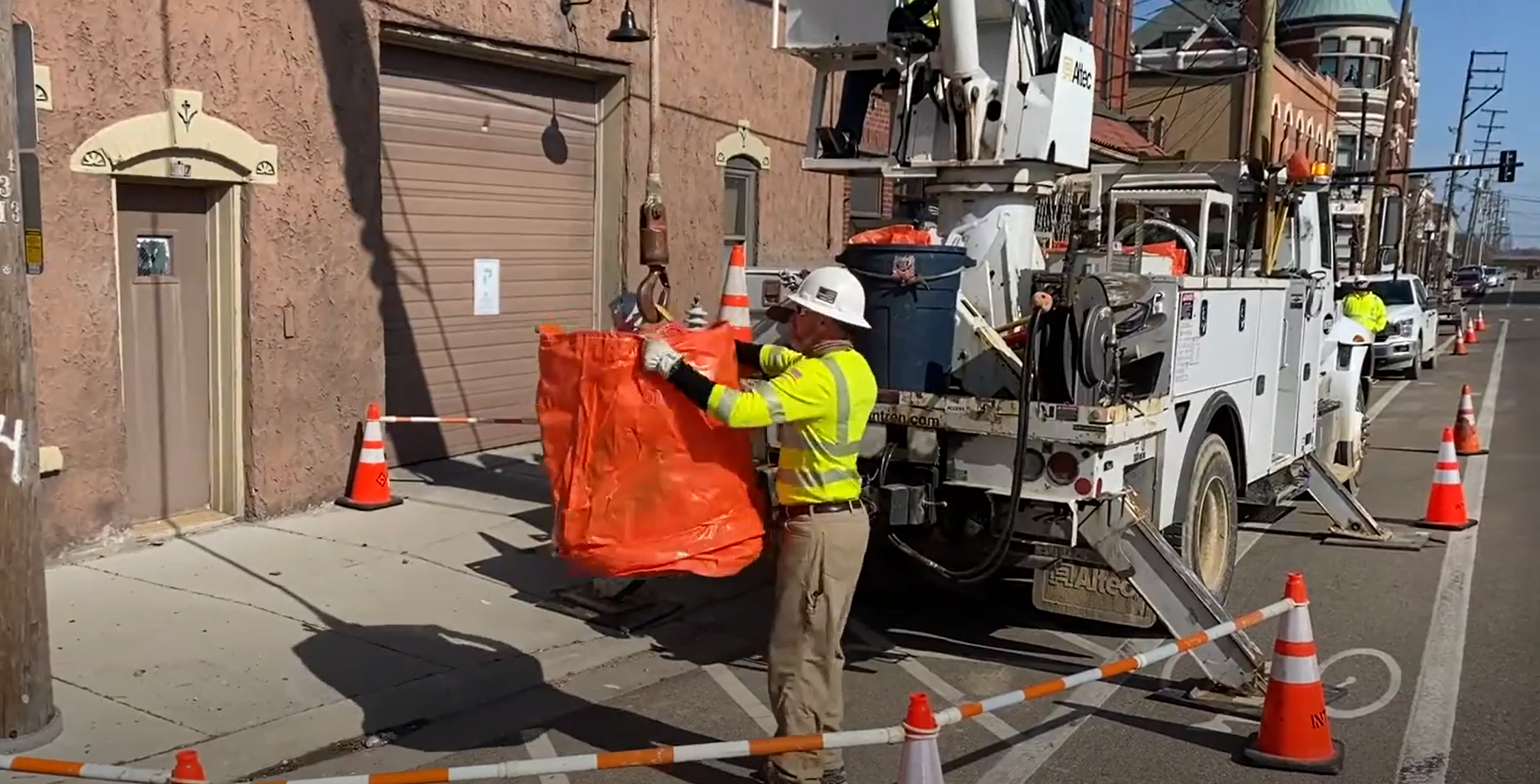
As infrastructure ages and environmental scrutiny intensifies, utility companies are increasingly adopting secondary containment solutions as a standard part of transformer maintenance, transport, and decommissioning practices. This proactive approach reflects an evolution in risk management, public accountability, and long-term cost control.
At the core of this shift are transformer containment bags—specialized, field-ready containment tools designed to mitigate the environmental impact of oil-filled or PCB-contaminated equipment. Whether responding to storm-related pole failures or transporting aging equipment to a disposal facility, utility crews now rely on solutions like utility pole containment bags, transformer oil containment bags, and DOT approved containment bags to stay ahead of risks.
Federal and state environmental agencies have significantly increased oversight of transformer-related operations. Regulations governing transformer transport, hazardous waste handling, and spill prevention have become more detailed, especially regarding units that contain or are contaminated with PCBs or petroleum-based oils.
Utility companies must now demonstrate a documented plan for transformer spill containment and material handling before moving or decommissioning transformers. Failure to do so can result in:
By incorporating certified transformer containment bags into their protocols, utilities ensure compliance with DOT and EPA standards and minimize the risk of enforcement actions. Proper containment solutions also support clear labeling, secure transport, and compliant storage—all of which regulators are actively inspecting.
The frequency and severity of extreme weather events have increased over the past decade. Hurricanes, tornadoes, high winds, and ice storms regularly topple utility poles and damage transformers—often in environmentally sensitive or densely populated areas.
When a pole-mounted transformer is damaged, oil or residual fluids can begin leaking immediately. Without a fast and effective containment strategy, spills may contaminate soil, reach storm drains, or impact nearby waterways. In these moments, utility pole containment bags offer an essential tool for first responders and field crews.
Because these bags are compact, easy to store, and deployable without specialized equipment, they allow immediate action in the field—significantly reducing the impact of weather-related transformer failures.
The rise in environmental awareness has increased public scrutiny of utility companies. Communities, advocacy groups, and regulators are quicker to respond to environmental harm, and even small-scale transformer leaks can lead to costly lawsuits—especially if they occur near:
Plaintiffs often cite negligence or lack of preventative measures as grounds for liability, even if the spill was unintentional. By using a transformer oil containment bag or pole mount transformer containment bag as standard equipment, utility companies reduce exposure to these legal threats.
It’s a simple equation: proactive containment demonstrates responsibility, and responsibility builds trust—something that's increasingly valuable in today's regulatory climate.
As investors, customers, and regulators demand greater transparency around sustainability, utility companies are being held to evolving environmental performance benchmarks. ESG (Environmental, Social, and Governance) metrics now influence everything from investor relations to public funding opportunities.
Using reusable containment bags, minimizing spill frequency, and implementing safer handling procedures are all tangible ways companies can demonstrate ESG commitment. Transformer containment has become a key component in environmental reporting and brand positioning for companies looking to lead in green infrastructure and sustainable operations.
Moreover, environmental achievements tied to containment improvements can be used in CSR (Corporate Social Responsibility) reports, grant applications, and community engagement efforts.
One of the most practical drivers behind the shift to secondary containment is cost control. Spills—especially those involving PCBs or transformer oil—are expensive to clean up. Costs often include:
A single transformer leak can cost tens of thousands of dollars to resolve, not to mention the labor time and lost productivity involved. On the other hand, transformer containment bags offer a low-cost, high-reliability solution to prevent these events entirely.
Secondary containment also streamlines operations by simplifying storage, transport, and documentation. DOT approved containment bags support safer handling and ensure faster clearance through transport hubs, recycling centers, and hazardous waste disposal facilities.
The move toward secondary containment in the utility industry is about more than avoiding disasters—it’s about meeting modern expectations for environmental responsibility, legal accountability, and operational excellence. Forward-thinking utilities recognize that transformer containment isn’t just a regulatory checkbox; it’s a strategic advantage.
Depending on your environment, transformer type, and risk level, different containment bags are suited to different tasks:
Each of these tools plays a role in reducing your environmental footprint and supporting proactive infrastructure management.
For a deeper dive into material types, regulatory checklists, transport standards, and field deployment strategies, visit our Essential Guide to Transformer Containment and Transport Bags.
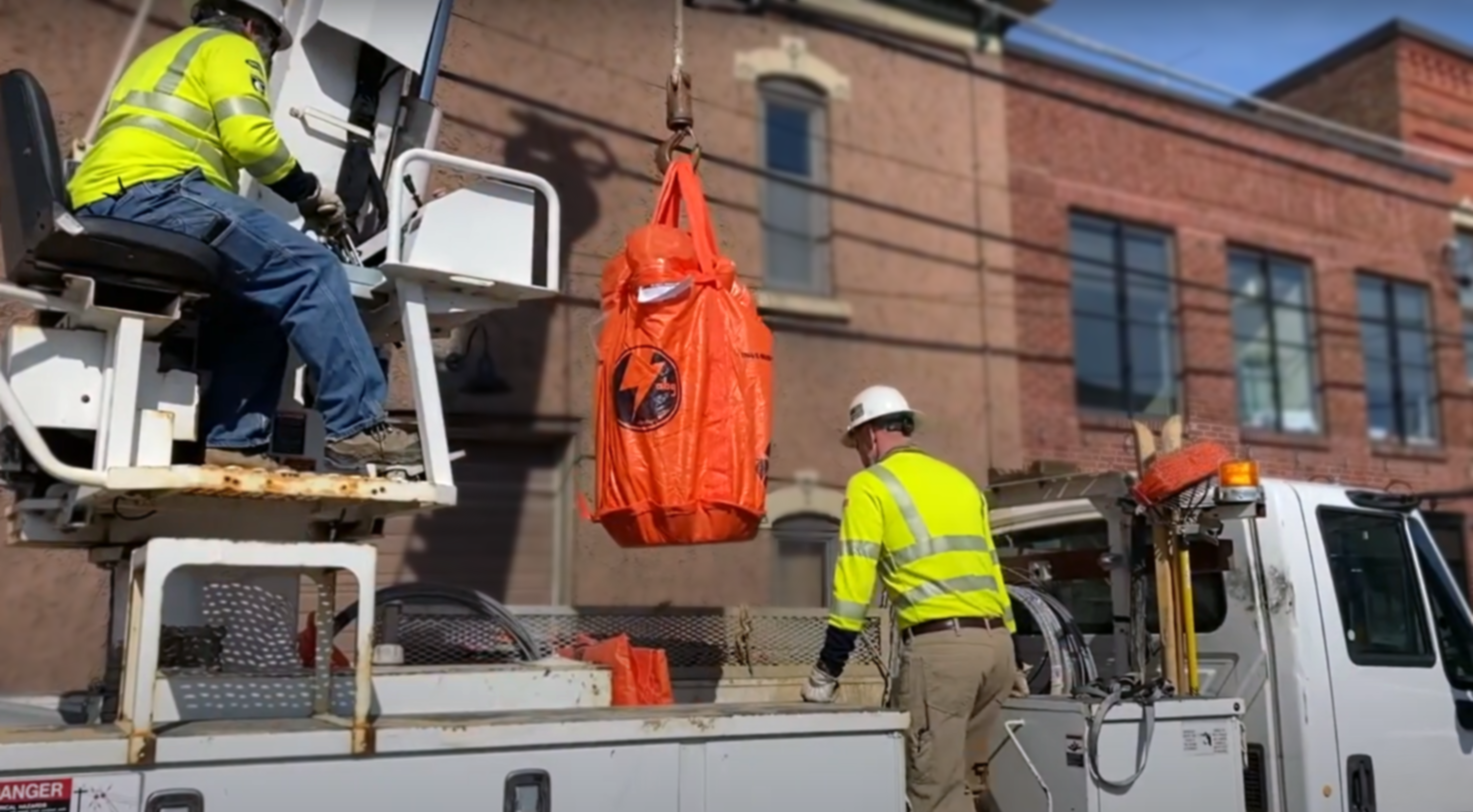
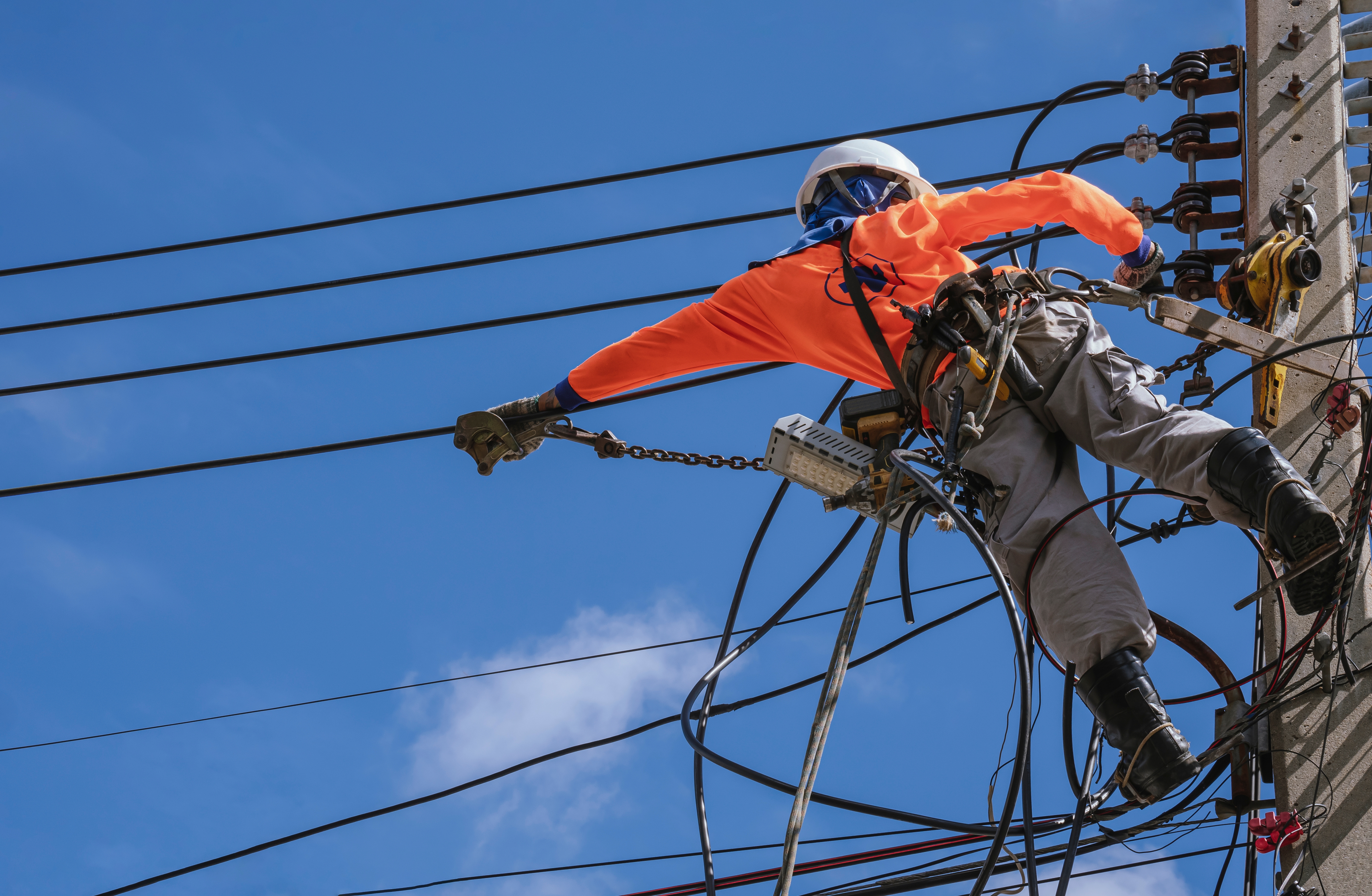
Whether you’re overseeing thousands of transformers across a regional utility grid or managing just a handful of aged units, the environmental risks are real. A single transformer spill—especially one involving PCBs or petroleum-based oil—can cost tens of thousands of dollars in remediation and severely damage public trust.
That’s why transformer containment bags—especially utility pole containment bags and PCB transformer containment bags—are essential tools for modern infrastructure management. They help you stay compliant, reduce liability, and protect the people and ecosystems your utility serves.
If you’re looking to improve your environmental safety measures, comply with DOT and EPA standards, or simply prepare for the unexpected, we’re here to help.
For inquiries about our products, order status, or any other information related to ABG, send us a message, and we will respond soon.
Sales & Customer Care
Product Questions
Adding {{itemName}} to cart
Added {{itemName}} to cart